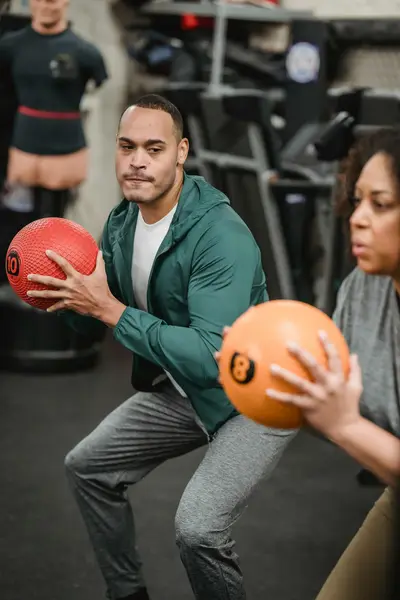Professional Physical Therapists in Fremont, CA
What is Physical Therapy?
Physical therapy (PT) is a healthcare profession that focuses on the diagnosis, treatment, and prevention of physical impairments, disabilities, and pain. Physical therapists work with patients to restore mobility, improve strength, and enhance overall physical function. PT aims to promote optimal health and quality of life through evidence-based practices.
Physical therapists use a variety of techniques including manual therapy, exercise, and modalities such as ultrasound and electrical stimulation. These interventions are designed to address the underlying causes of physical limitations and pain, providing long-term relief and improved function.
History of Physical Therapy
The origins of physical therapy can be traced back to ancient civilizations, where methods such as massage and hydrotherapy were used for healing. Modern physical therapy emerged in the early 20th century, particularly during World War I and World War II, to rehabilitate injured soldiers. Since then, it has evolved into a well-established healthcare profession.
Core Principles
Physical therapy is built on the principles of movement science and the understanding that physical function is critical to overall health. It emphasizes a holistic approach, considering the patient's physical, emotional, and social well-being. Physical therapists aim to empower patients through education, exercise, and personalized care plans.
Areas of Practice
Orthopedics
- Joint pain and arthritis
- Post-surgical rehabilitation
- Sports injuries
- Back and neck pain
- Fractures and dislocations
- Muscle strains and sprains
In orthopedic physical therapy, therapists treat musculoskeletal conditions such as fractures, sprains, and post-surgical recovery. They use techniques like therapeutic exercises, manual therapy, and modalities to improve mobility, strength, and function. The goal is to help patients return to their normal activities and prevent further injuries.
Orthopedic PT is essential for managing chronic conditions like arthritis and for recovering from surgeries such as joint replacements. By improving joint function and reducing pain, it enhances the patient's ability to perform daily activities and maintain an active lifestyle.
Neurology
Neurological physical therapy focuses on individuals with neurological conditions such as stroke, multiple sclerosis, and Parkinson’s disease. Therapists work to improve motor control, balance, and coordination. Techniques include specialized exercises, gait training, and the use of adaptive equipment to enhance independence and quality of life.
Patients with neurological conditions often face significant challenges in movement and function. Neurological physical therapy addresses these challenges by targeting specific deficits and promoting neuroplasticity, the brain's ability to reorganize and form new neural connections.
Pediatrics
Pediatric physical therapy addresses the unique needs of infants, children, and adolescents with developmental, neuromuscular, or musculoskeletal conditions. Therapists use play-based activities to improve strength, coordination, and functional skills. Early intervention is crucial for maximizing a child’s potential and supporting their growth and development.
Assessment
- Initial evaluation
- Functional testing
- Movement analysis
- Patient history
- Goal setting
- Progress tracking
The first step in physical therapy is a comprehensive assessment. This includes evaluating the patient's medical history, current condition, and functional abilities. Physical therapists use various tests and measurements to identify impairments and establish a baseline for treatment.
Assessment helps in setting realistic goals and developing a personalized treatment plan. It involves collaboration with the patient to understand their needs and expectations, ensuring that the interventions are aligned with their goals.
Intervention
Intervention in physical therapy is tailored to the individual's specific needs. It involves a combination of exercises, manual therapy, and modalities to address pain, improve mobility, and enhance strength. Therapists educate patients on proper body mechanics and self-care strategies to prevent future injuries and promote long-term health.
Therapists continually monitor progress and adjust the treatment plan as needed. This dynamic approach ensures that the interventions remain effective and relevant to the patient's evolving condition and goals.
Get Started With Us Today
Decided that Active Care PT is a good fit for you? Schedule a free consultation over the phone or in person and we can help guide you.
Get in Touch


